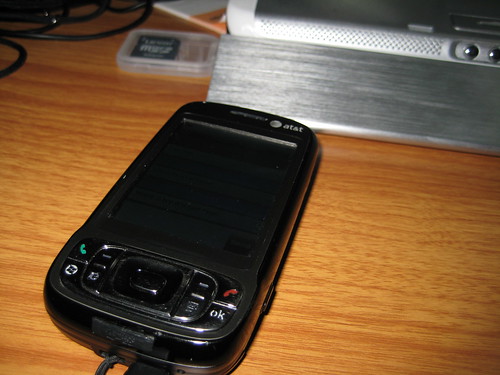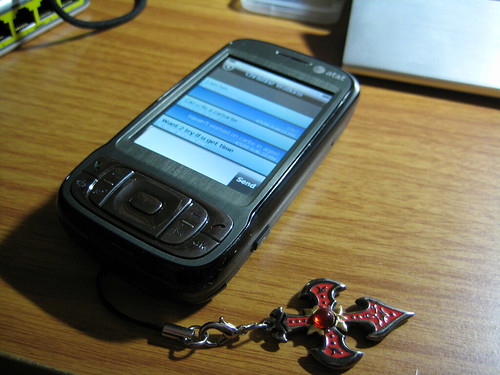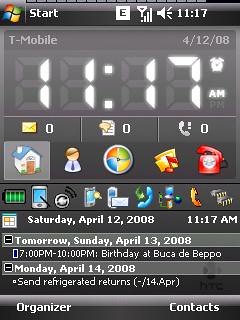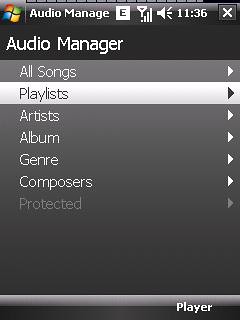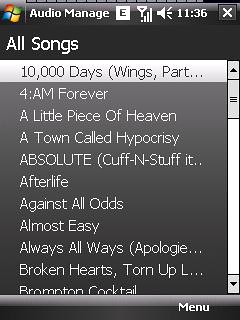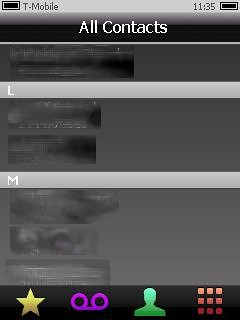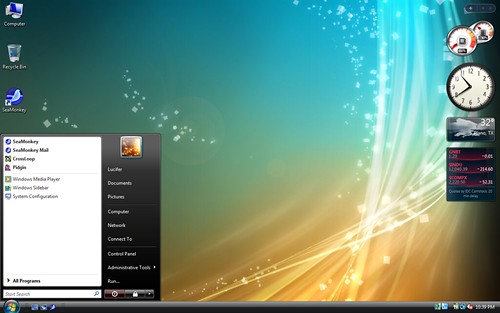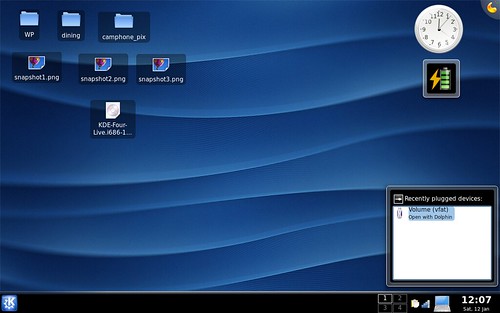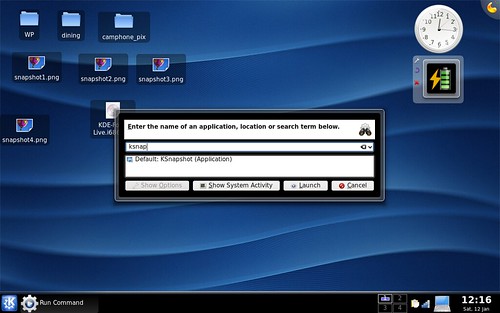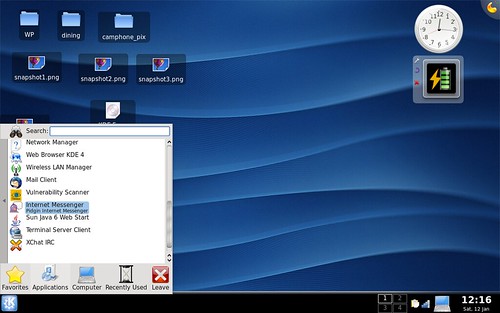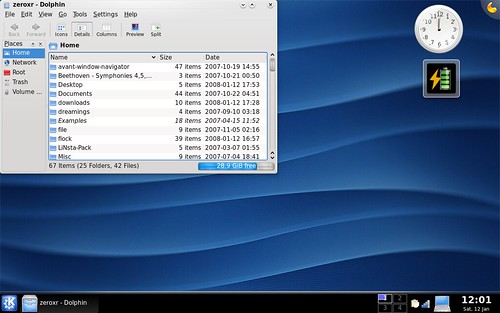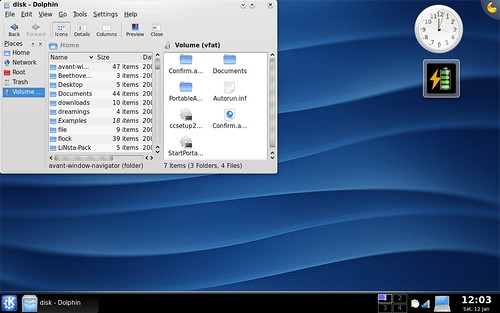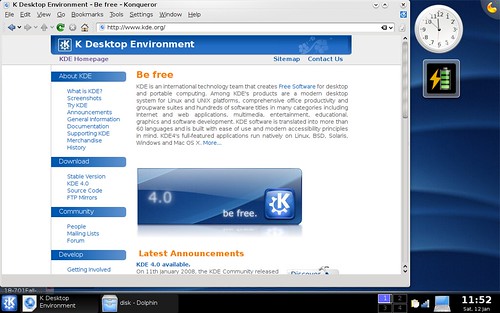Note: Certain racing terms have been linked to explain concepts to those not automotively inclined. Credit goes to Wikipedia for that.
As gamers, we love the idea of fantasy. Be it something simple as being a skilled hero versed in magic to the wanton killing machine, it’s a concept that has move gamers towards certain titles. Role playing and simulation make the gamer feel like they are part of the game. The popular media has had a bit of an infatuation of using games as a scapegoat for society’s ills. Like the occasional stories that some kid that played a little too much Grand Theft Auto III decided to murder someone or how a kid who died crashing into a toll booth was a rabid player of Gran Turisimo 4. But many gamers are able to separate the lines of fantasy and the real world.
The Need for Speed franchise originally was a computer game line for the PC gamer that was a simulation like the Gran Turismo site. Once Gran Turismo came out, EA Games had to take a new angle to entice gamers to their series. Need for Speed: Hot Pursuit would come out and EA would just quietly release titles… Until the tuning and tweaking community really got steam around 2003 in the real world. EA would then revamp the entire franchise as Need for Speed: Underground. The idea was to make a game that encompassed the underground tuner culture with the flashy cars, tweaked and gassed engines, glory, and cash. The first foray into this direction got a lukewarm reception, though EA would listen to the gamers and quickly work on the sequel to make it the racer’s paradise and being able to cruise on the streets instead of being stuck in bracket racing. That would lead to Need for Speed: Underground 2 which was a leap forward in EA’s new life for the Need for Speed franchise. The “Most Wanted” sequel afterwards would reincorporate the police chases from Hot Pursuit and even give a slick little Matrix-esque “bullet time” effect for intense stunt work to evade the cops on free roam. This brings us to the Carbon sequel, finally.
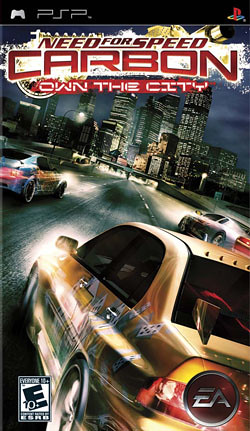
Need for Speed: Carbon mainly takes to the racing movement in America with the obsession of the Japanese touge with the “Canyon Race” competitions. The game includes things like your normal fare of lap races, sprint races, eliminators, and all but it does have some influences from the drift culture. The portable rendition for PSP with the subtitle “Own the City” does not have the the canyon races, but just focuses on a story where someone from a mysterious race gang crashes into your brother killing him and hospitalizing you for a good while. The motive to race? Revenge and vengeance for your late brother.
With Own the City, there is no “manual transmission” option by default unless you choose to play the game with the analog stick. You can summon during races. The gang members of your gang can be recruited from defeating rival gangs to add a better selection. In addition to that, the gang members have their talents. Here’s a break-down:
- Brawler – Their main purpose is to crash into the target and disable them from the race temporarily.
- Drafter – They fly by you so you can catch into their slipstream so you can build top speed and push to the limit.
- Assassin – They do a flyby to get ahead of the target and lay down a spike strip to blow out the tires of the competition
- Fixer – A subclass of gang member that can boost your pay-out provided you win a race.
- Mechanic – A subclass of gang member that secretly enhances your car to push even harder.
The henchmen/women can be helpful but also can botch a race too. I have had occasions, for example, where the brawler’s fly by while they are hitting the NOS and crashing into you during a turn. At the same right, they have saved my bacon from losing a race. The gang members can “level-up” depending on your performance in a race on technical metrics; with better performance and use of them, their abilities increase.
The game is in a free roaming mode or you can hop in and out of races with the race map chooser. The open world does have police that will engage you for misconduct on the roads, I have not had the pleasure of it, but I have gone pretty wild. The city will have the graffiti tags of the gangs in control of the territory. Once you begin taking over, your gang’s tag will replace the defeated gangs. Throughout the map, there are crates you can find in the open roaming mode which will unlock promotion art when found. They are hidden pretty well as I have only found only 1 of 30.
The customizations are pretty basic. For under hood performance, there are engine, suspension, chassis, turbo, and nitrous oxide for parameters. Cosmetically, there are body kits, spoilers/wings, tint, wheels, paint, and vinyls. If you want your gang members to be emblazoned with your paint and vinyls, you can apply them over their cars. Particularly, the body kits, wings, and wheels do not do anything to modify the car’s performance with regard to aerodynamics or traction from what I have noticed. This is different from the autosculpting feature of the console versions. I will provide my disclaimer here: if you’re hoping a mobile version of the console experience, this is not it. It’s not an easy game either, the game does require skill and finesse on some races. I know I have barely won some races just from nitrous getting me a split second ahead of my competition to the finish line.
The game fares well as a mobile racing game. The sensation of speed is very real… You almost can feel the intensity of the velocity when you’re in 6th gear and firing the nitrous while hitting 170+ mph. The sounds could have been better, but they aren’t bad at all. Graphically, the game is not quite as polished as say, Ridge Racer 2 (PSP), but it looks good no less. Although I have experienced an odd graphical image glitch where the game will have the race track’s graphics disappear yet other details like road block offs, billboards, cars, and backgrounds are intact… The worst part is this bug will lock up the entire game when you try to exit the race and try to save progress.
With respect to that glitch, I have done everything EA Games Customer Support has asked me. PSPdemon of Gamecootie has also tried to help me with the glitch, but he too is baffled. Especially as loading should not be an issue for the PSP slim from the extra RAM it has to cache graphics head of time. It has not afflicted me lately, so I am counting on my prayers.
Own the City has come a very long way from the shoddy likes of Need for Speed Underground Rivals and 5-1-0 for PSP. It really has me curious about the new Need for Speed ProStreet game that was delayed for a PSP on February 19th of this year. ProStreet looks impressive on the high end consoles, but it just has me wondering why there’s a delay on the PSP version. If the delay is to address things like game enhancing details, it could lead to a promising sequel.
Zero’s Rating: 3 of 5 Stars
Zero’s Closing Thoughts: With the game being sold as a Greatest Hits title, the price is not bad. It is a bit difficult and it can be plenty fun if you don’t take the game seriously like Ridge Racer.
